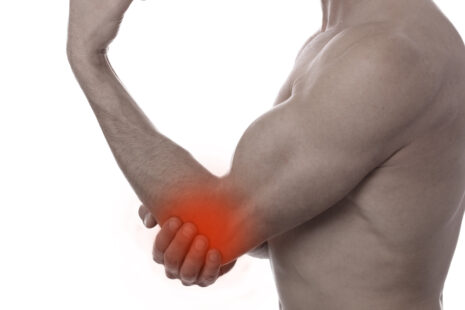Decompressing the spine involves creating space between the vertebrae to relieve pressure on the intervertebral discs and nerves. Spinal decompression can help alleviate back pain, improve mobility, and reduce symptoms associated with compressed nerves, such as sciatica. There are various methods for decompressing the spine, ranging from simple stretches to specialized equipment.
Here are some common techniques…
- Gentle Stretching Exercises – Perform gentle stretching exercises that elongate the spine and promote space between the vertebrae. Examples include cat-cow stretch, child’s pose, and cobra pose in yoga.
- Inversion Therapy – Inversion tables or inversion chairs can be used to hang upside down, which can help reduce pressure on the spine and create decompression. Inversion therapy is not recommended for everyone, especially those with certain medical conditions like high blood pressure or glaucoma. Consult with a healthcare professional before attempting inversion therapy.
- Traction Devices – Traction devices are designed to stretch and decompress the spine. These can be used at home or in a clinical setting under the guidance of a healthcare professional.
- Manual Therapy – Physical therapists and chiropractors may use hands-on techniques such as spinal mobilization or manipulation to decompress the spine and restore proper alignment.
- Decompression Tables – Spinal decompression tables are specialized devices used in clinical settings. They apply controlled traction to the spine to create decompression and relieve pressure on the discs and nerves.
- Elongation Exercises – Perform exercises that involve elongating the spine and creating space between the vertebrae. Examples include hanging from a pull-up bar or using a suspension trainer.
- Core Strengthening – Strengthening the core muscles can help support the spine and improve posture, which can contribute to decompression.
- Swimming – Swimming is a low-impact exercise that can help decompress the spine and improve overall spinal health.
- Proper Posture – Maintaining good posture throughout the day can help reduce unnecessary pressure on the spine and prevent compression.
It’s vital to consult with a healthcare professional before attempting any spinal decompression techniques, especially if you have a history of spinal issues or other medical conditions. They can assess your individual needs and guide the most appropriate methods for decompressing your spine safely and effectively.
While some of these techniques may provide temporary relief, long-term management of spinal issues may require a comprehensive approach, which may include physical therapy, exercise, lifestyle modifications, and other treatments as recommended by a healthcare professional.




